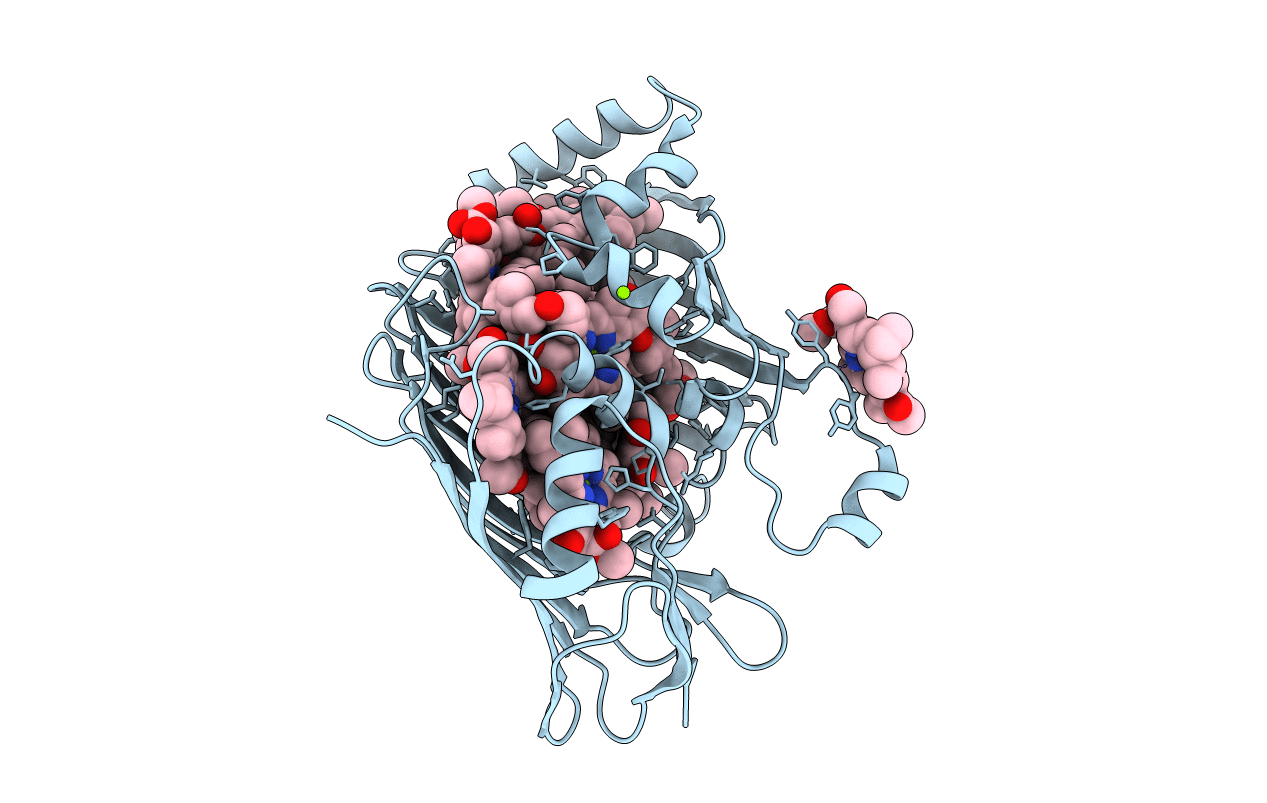
Deposition Date
2007-12-23
Release Date
2008-01-22
Last Version Date
2023-11-01
Method Details:
Experimental Method:
Resolution:
2.30 Å
R-Value Free:
0.27
R-Value Work:
0.17
R-Value Observed:
0.17
Space Group:
I 41 3 2


